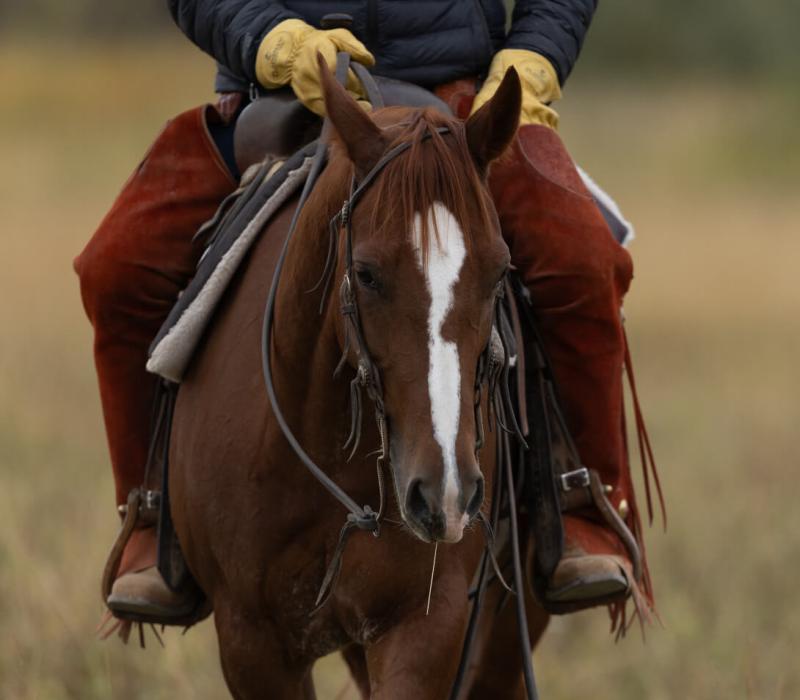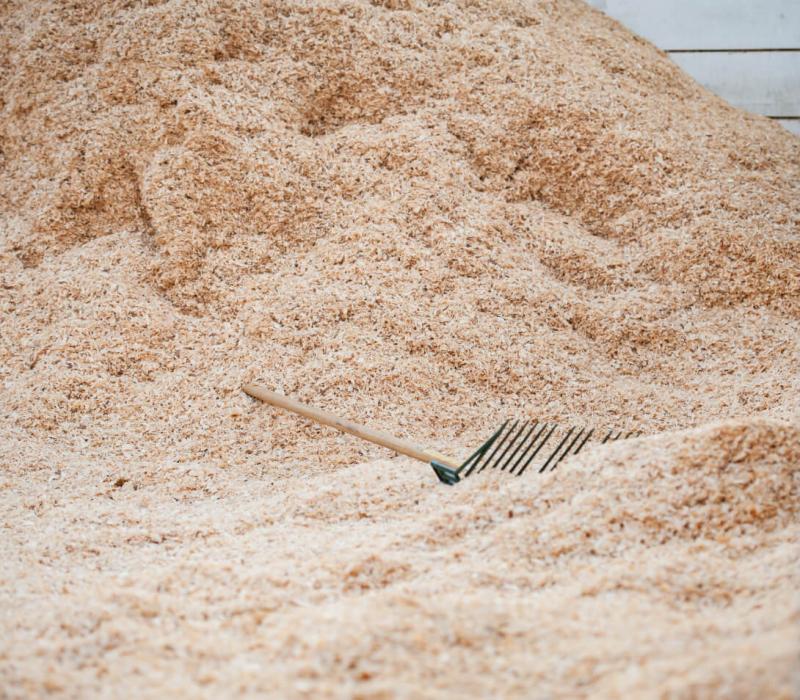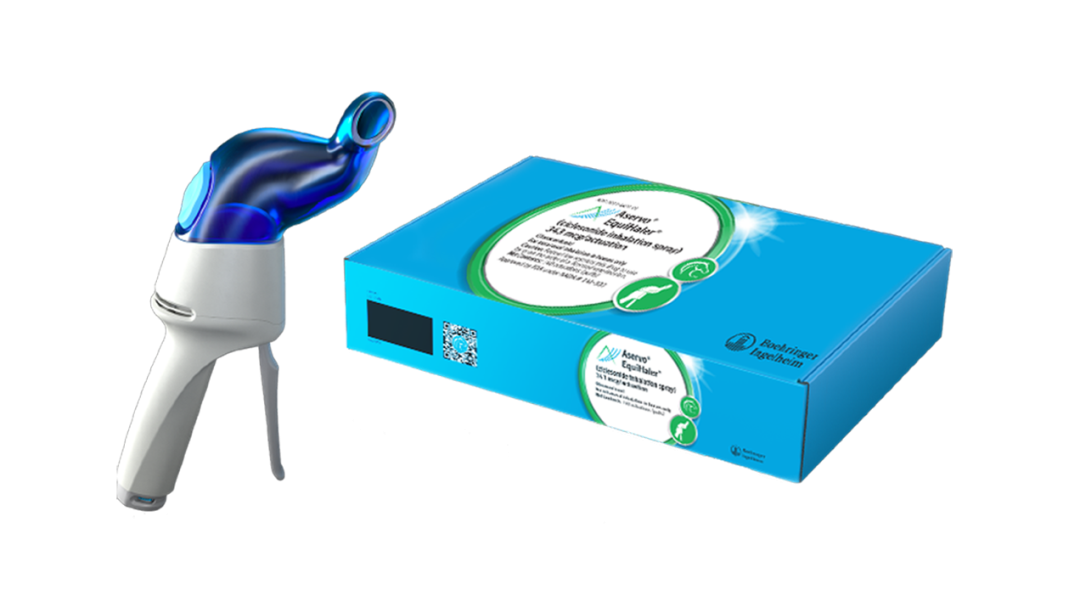Understand the complexity of the equine respiratory system, and how you can confidently support your horse’s ability to breathe with ease.


The Basics of Respiratory Health
While breathing appears simple, the horse’s respiratory tract is a complex organ system with high demands placed upon it. In fact, respiratory-health-related problems are the second-leading cause of poor performance in horses.1 Horses can experience infections like influenza or equine herpes virus, as well as noninfectious conditions, such as mild-moderate equine asthma and heaves.


Recognize the Signs of Equine Asthma
Equine asthma syndrome is a common respiratory disease, generally in adult horses, characterized by airway narrowing, inflammation, a persistent cough and/or difficult breathing, even at rest. If you notice your horse coughing, even infrequently, it could be a sign of equine asthma.
Clinical Signs of Mild-Moderate Equine Asthma
- Action-related cough, such as during exercise
or eating - Poor performance
Clinical Signs of Severe Equine Asthma
- Coughing frequently
- Increased respiratory effort
- Exercise intolerance
If your horse is coughing, contact your veterinarian to examine your horse.


Manage the Environment to
Manage the Disease
The primary strategy for treating respiratory conditions, including equine asthma, is to manage the horse’s environment.
Equine asthma syndrome is an inflammatory disease that is exacerbated by inhaled dust and debris. Cut down on the potential for inhaled dust by managing your horse’s environment:
- Feeding hay on the ground
- Soaking hay
- Bringing horses outside while sweeping the barn
In addition to reducing environmental irritants, severe asthma can be managed using a systemic or targeted corticosteroid treatment. Additionally, some horses may use a bronchodilator to open the airways.


Breathe Easy
ASERVO® EQUIHALER® (ciclesonide inhalation spray) is a first-of-its-kind treatment for severe equine asthma that uses the novel glucocorticoid, ciclesonide and Soft MistTM technology for easy-to-inhale treatment.
IMPORTANT SAFETY INFORMATION: ASERVO EQUIHALER has not been evaluated in pregnant or lactating mares. In a large clinical field study, the most common adverse reactions reported were coughing, nasal discharge, sneezing and nasal irritation/bleeding. Not for use in humans. Keep this and all medications out of the reach of children.
Related Articles
References
1 Martin BB, Reef VB, Parente EJ, Sage AD. Causes of poor performance of horses during training, racing, or showing: 348 cases (1992–1996). JAVMA 2000;216(4):554–558.
ASERVO® and EQUIHALER® are registered trademarks of Boehringer Ingelheim Vetmedica GmbH, used under license. All other trademarks are the property of their respective owner. ©2025 Boehringer Ingelheim Health USA Inc., Duluth, GA. All rights reserved. US-EQU-0102-2024


